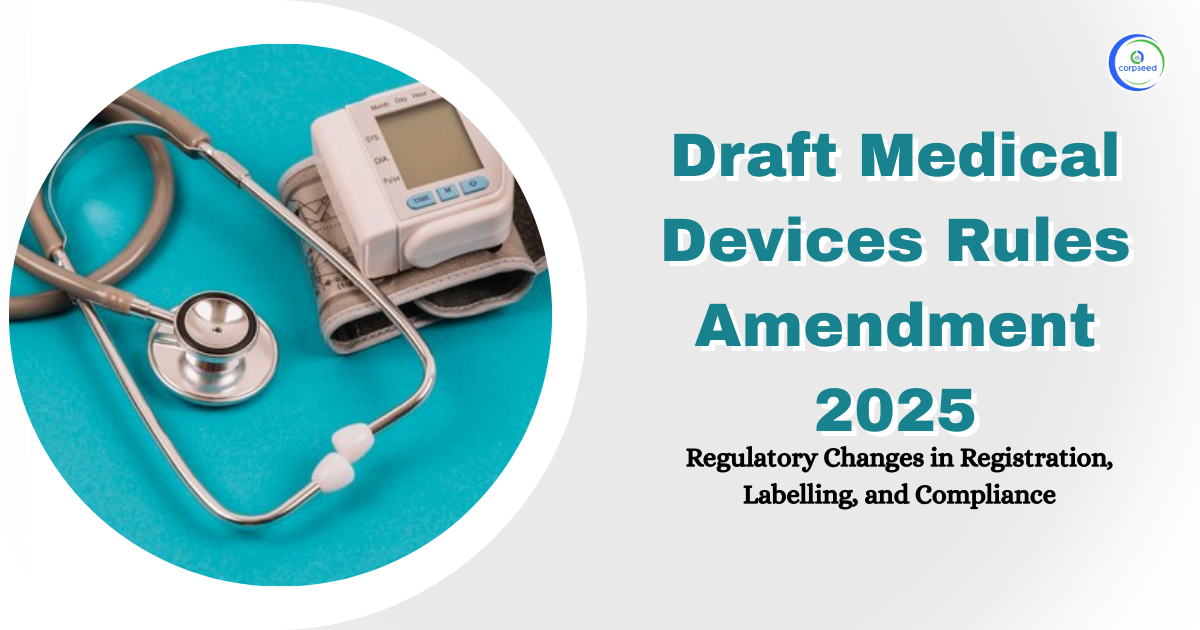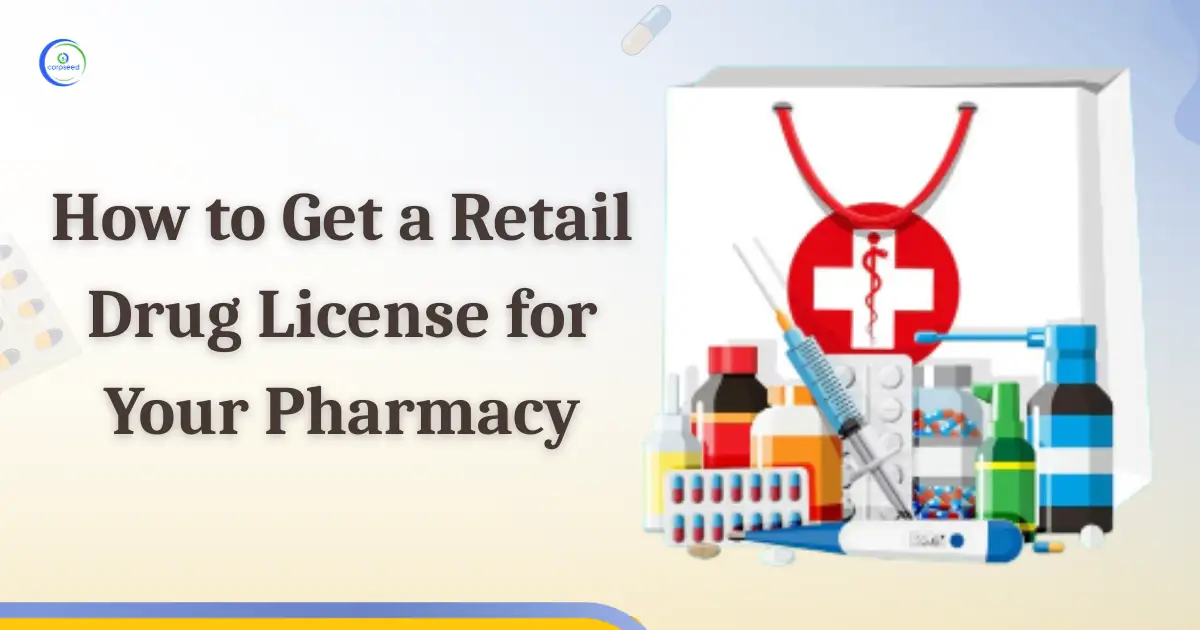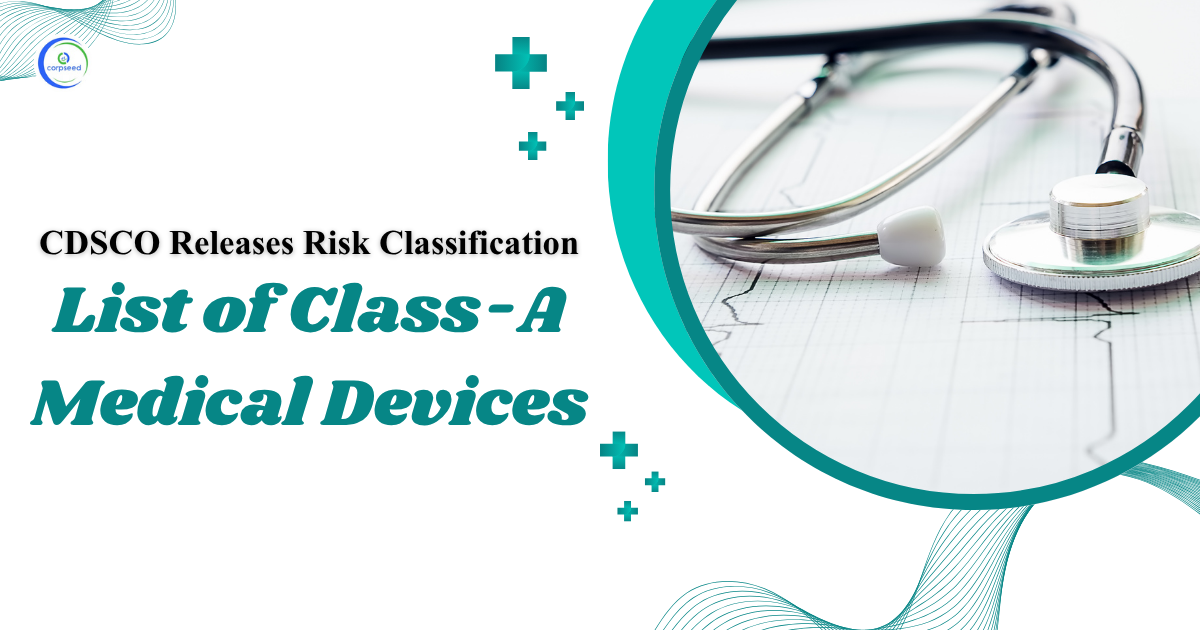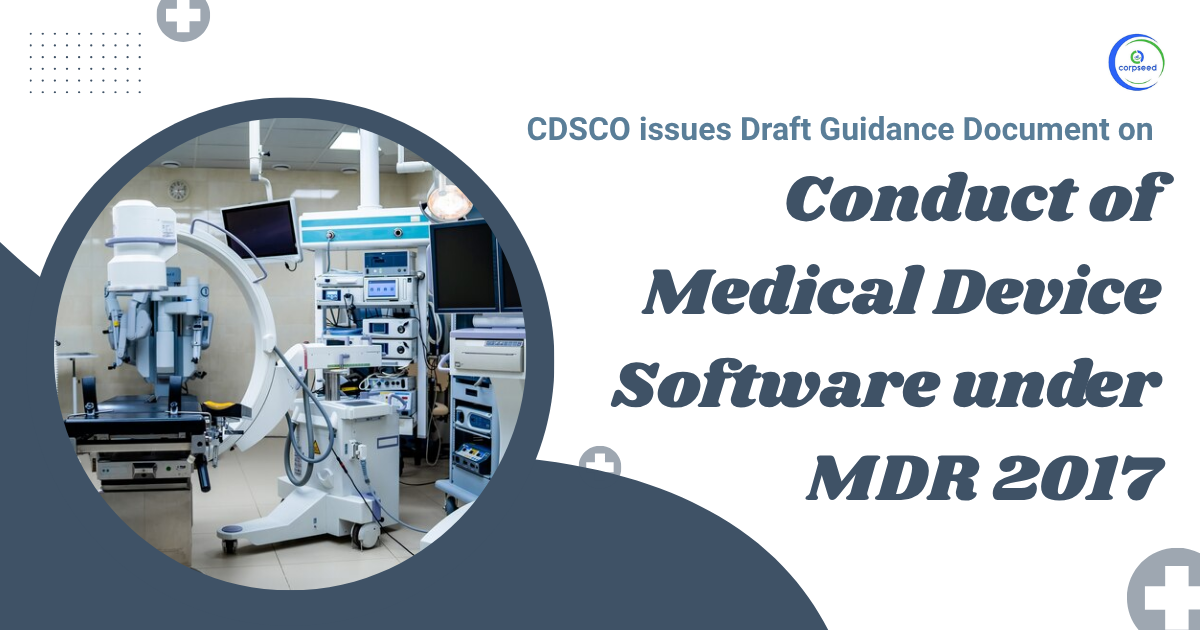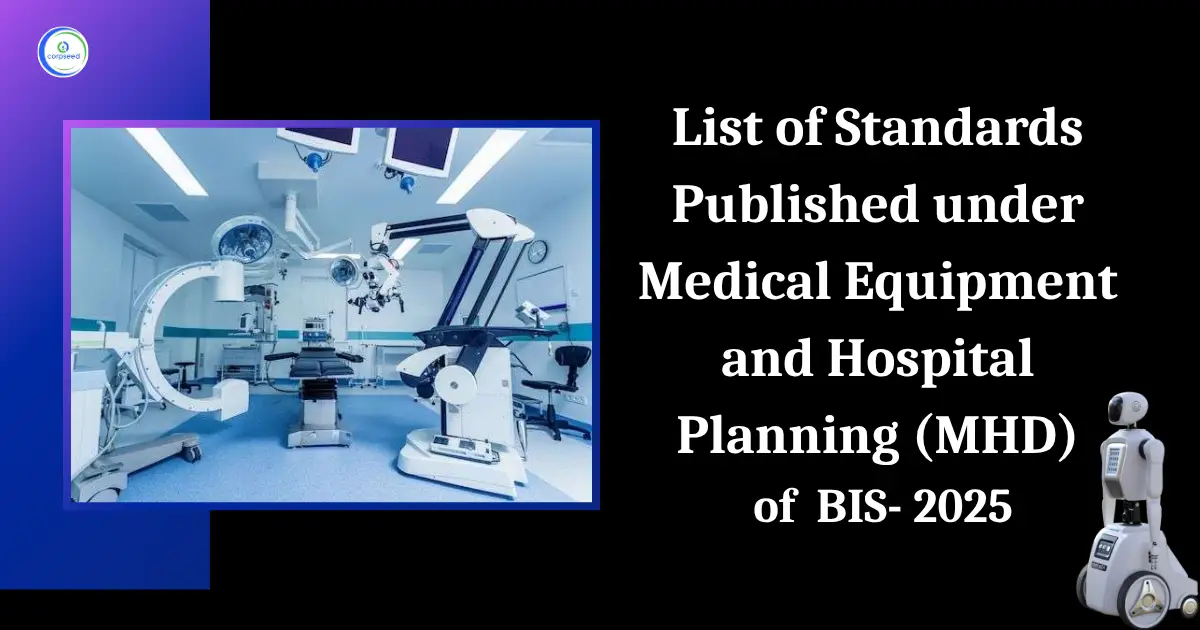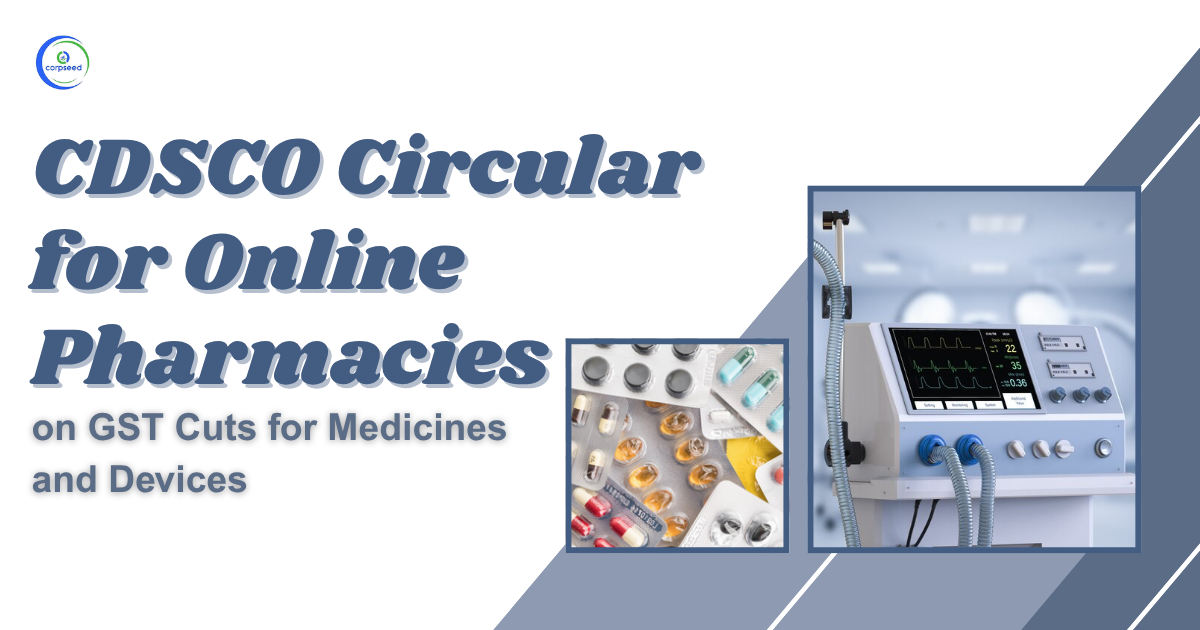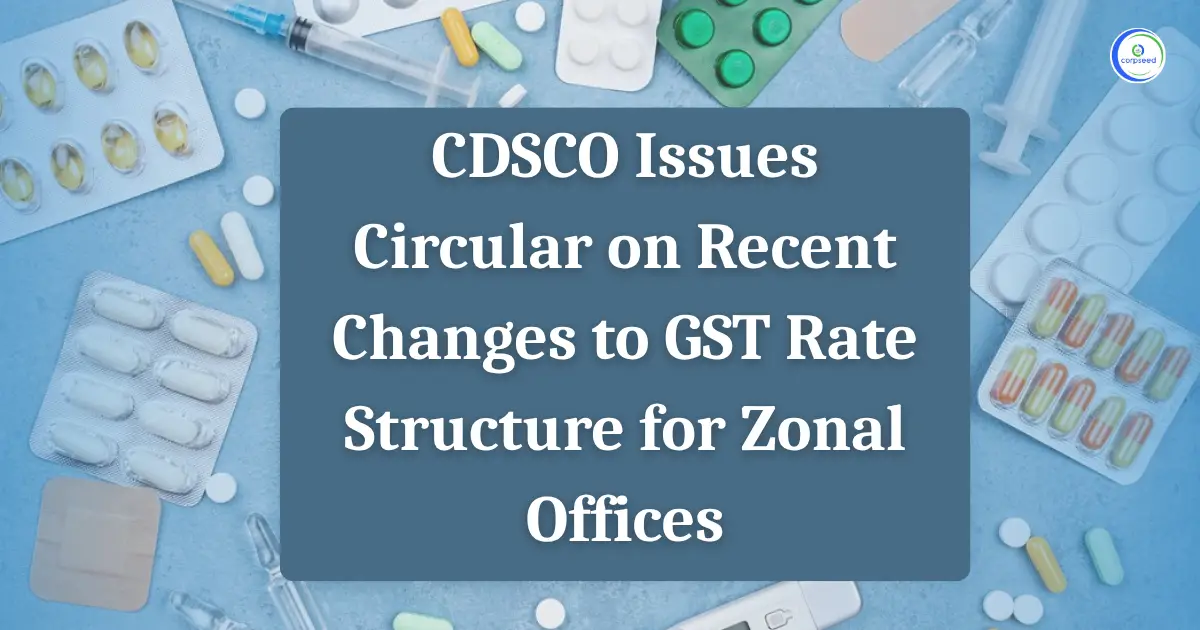Introduction of Performance Certificate for Medical Device
In the fast-moving medical device industry, a product must undergo rigorous standards of safety, efficacy, and quality. A Performance Certificate in medical devices forms an integral part of such a regulatory framework. This blog explains how to obtain a performance certificate for a medical device, its importance, the process involved in certification, and what it offers to both the manufacturer and those whom it will serve-the healthcare providers and patients.
Table of Contents
- Introduction of Performance Certificate for Medical Device
- What is a Performance Certificate?
- Importance of a Performance Certificate for Medical Device
- Types of Performance Certificates for Medical Devices
- Benefits of Performance Certificate for Medical Devices
- Medical Device Performance Certification Process
- How Difficult is it to Get a Performance Certificate?
- Conclusion
--------------Blog Contact Form-------------
What is a Performance Certificate?
The Performance Certificate is the official document approved by the regulatory authority or a Notified Body, indicating that the device has passed the predefined performance criteria. This certification attests that a certain device has been rigorously tested and evaluated to prove its safety, effectiveness, and quality in its application by users.
Importance of a Performance Certificate for Medical Device
- Ensuring Patient Safety: The prime purpose of a Performance Certificate is the protection of patient health and safety. Medical devices that are certified undergo strict testing to ensure that they will perform their intended functions in a way that ensures minimal risk to patients.
- Regulatory Compliance: Medical devices have to comply with numerous regulations, both national and international. A Performance Certificate can act as proof of the device's adherence to these regulatory requirements, which facilitates its entry into many markets and acceptance therein.
- Enhanced Market Credibility: The device manufacturers who have a Performance Certificate get an enhanced positioning in the marketplace. The Performance Certificate acts as a hallmark of quality and reliability for the manufacturer, therefore enhancing his reputation and credibility with health professionals and patients.
Types of Performance Certificates for Medical Devices
The kind of Performance Certificate called for may differ in the medical device's class and intended purpose. Some common types include:
CE Marking
The CE marking, mandatory for any medical device entering the European market, is a certification that the product meets either the Medical Device Regulation or In Vitro Diagnostic Regulation.
FDA Approval
In the U.S., a medical device needs to be approved or cleared by the Food and Drug Administration. This could consist of a Pre-market Approval or a 510k clearance based on its classification.
ISO Certification
The International Organization for Standardization provides the standards for a quality management system, such as ISO 13485, and for device categories. The ISO certification is adopted globally and typically required for access to the markets.
Benefits of Performance Certificate for Medical Devices
- Market Access and Expansion: Performance Certificate facilitates Market entry by providing proof of compliance with the requirements of the regulating country. Such certification can also ease entry into new markets as it gives proof that the device is safe and effective.
- Risk Mitigation: Certification identifies and reduces potential risks with the device. On the part of the manufacturer, bypassing rigid testing and evaluation procedures, he can decrease the possibility of product recalls, litigation, and adverse events.
- Better Outcomes for Patients: Performance certification standard better assures that devices will perform reliably and effectively in clinical settings, improving patient outcomes and enhancing trust in the healthcare system.
Medical Device Performance Certification Process
The performance certification process for medical devices generally goes through the following steps:
Pre-Certification Preparation
Before applying for certification, manufacturers need to ensure that their device does comply with the concerned regulatory requirements. That means researching the applicable standards and guidelines their device would be subject to, by ensuring that the device is designed and manufactured accordingly.
Submission of Application
A manufacturer applies with the concerned regulatory authority or notified body. The documentation to be provided with the application shall include the following:
- Device description and specifications
- Manufacturing process details
- Risk assessment and management plan
- Clinical data and performance evaluation
- Labeling and instructions for use
Review of Technical Documentation
The regulatory authority or notified body examines the presented technical documentation to ensure that the device conforms with the applicable regulatory standards. The examination process may be completed in one or more cycles of questions and associated explanations.
Testing and Evaluation
This is where actual rigid testing and evaluation are done, which may include:
- Laboratory Testing: The physical and mechanical properties of the device shall be checked.
- Clinical Trials: To develop and conduct clinical trials, allowing a realistic assessment of device performance to be made.
- Risk Assessment: To identify and mitigate, as necessary, potential hazards associated with the use of the device.
Inspection and Audits
On-site inspections and audits in the manufacturing facilities can be conducted by the regulatory authorities to verify GMP and other applicable standards.
Certification Decision
The regulatory authority or Notified Body then decides certification based on the results of the documentation review, testing, and inspections. Assuming that the device satisfies all the requirements, this is where a Performance Certificate will be issued.
How Difficult is it to Get a Performance Certificate?
- Complex Regulatory Environment: The regulatory environment has been increasingly complex and may prove hostile for a manufacturer to navigate. Requirements and standards vary country by country or region by region and have to be complied with accordingly.
- Time and Cost Issues: The certification process is long and costly in terms of huge documentary requirements, testing, and even cycles of review and clarification. For SMEs, these are burdens hard to bear.
- Keeping Pace with Technological Developments: The toughest part of compliance is keeping up with new standards and regulations that are issued as medical technology rapidly advances. The manufacturers just have to keep adapting so their devices meet the latest requirements.
- Getting Successfully Certified: How Early Involvement of Regulatory Authorities Can Help: Early involvement during the development phase can add heaps of value by bringing insight and guidelines that may prove very useful while avoiding pitfalls likely to occur in the certification process.
- Robust Quality Management Systems: An effective QMS lays the foundation for compliance with regulatory standards through the management of documents, following up on changes, and assurance of the quality of manufacturing procedures.
- Continued Surveillance and Improvement: The process of certification is not one-time. Manufacturers should keep monitoring the performance of their devices and make improvements from time to time. The surveillance of post-marketing information and relevant follow-up mechanisms are determinants in maintaining the validity of certification or compliance.
Conclusion
A Performance Certificate on medical devices is part of the regulatory framework that ensures devices are safe and effective, of good quality, and, thus, attesting that the manufacturer has met all the rigorous tests prior to placing their device on the market. With this certification, a manufacturer is in a position to prove a commitment toward the enforcement of regulations concerning the safety of patients and the quality of a product. Though the procedure involved in getting the certification may be complex and challenging, the benefits it derives in terms of market access, mitigation of risks, and improvement in patient outcomes pay off.
This portion of the site is for informational purposes only. The content is not legal advice. The statements and opinions are the expression of author, not corpseed, and have not been evaluated by corpseed for accuracy, completeness, or changes in the law.
BOOK A FREE CONSULTATION
Get help from an experienced legal adviser. Schedule your consultation at a time that works for you and it's absolutely FREE.


